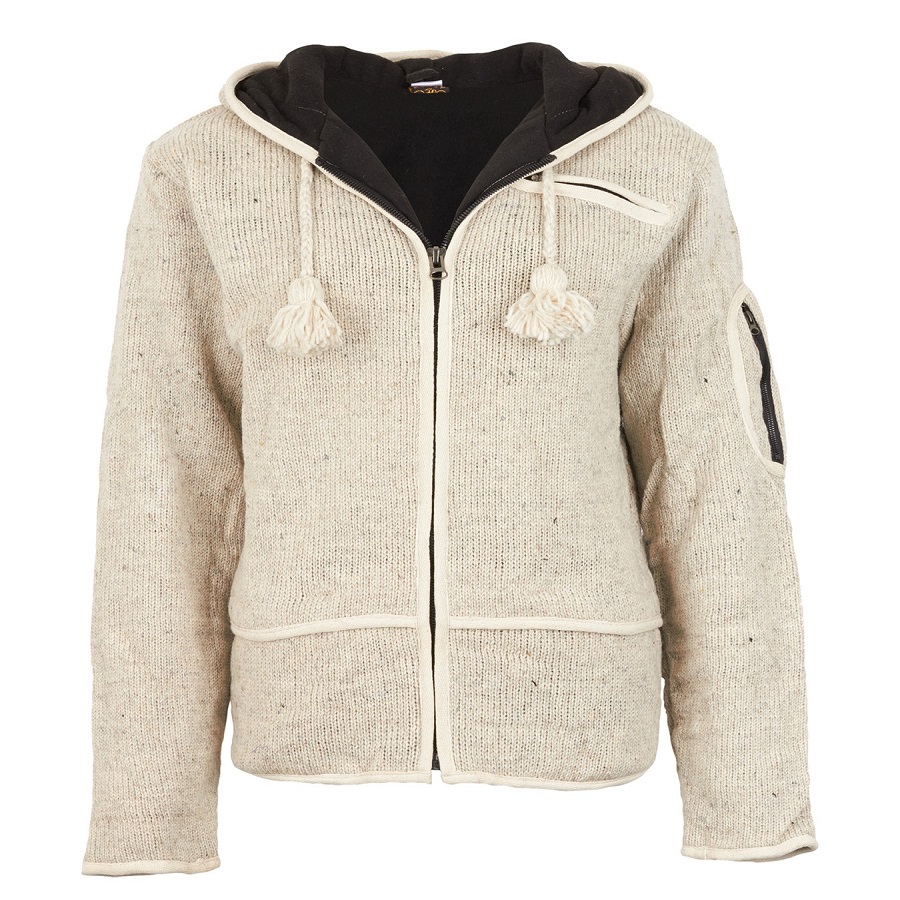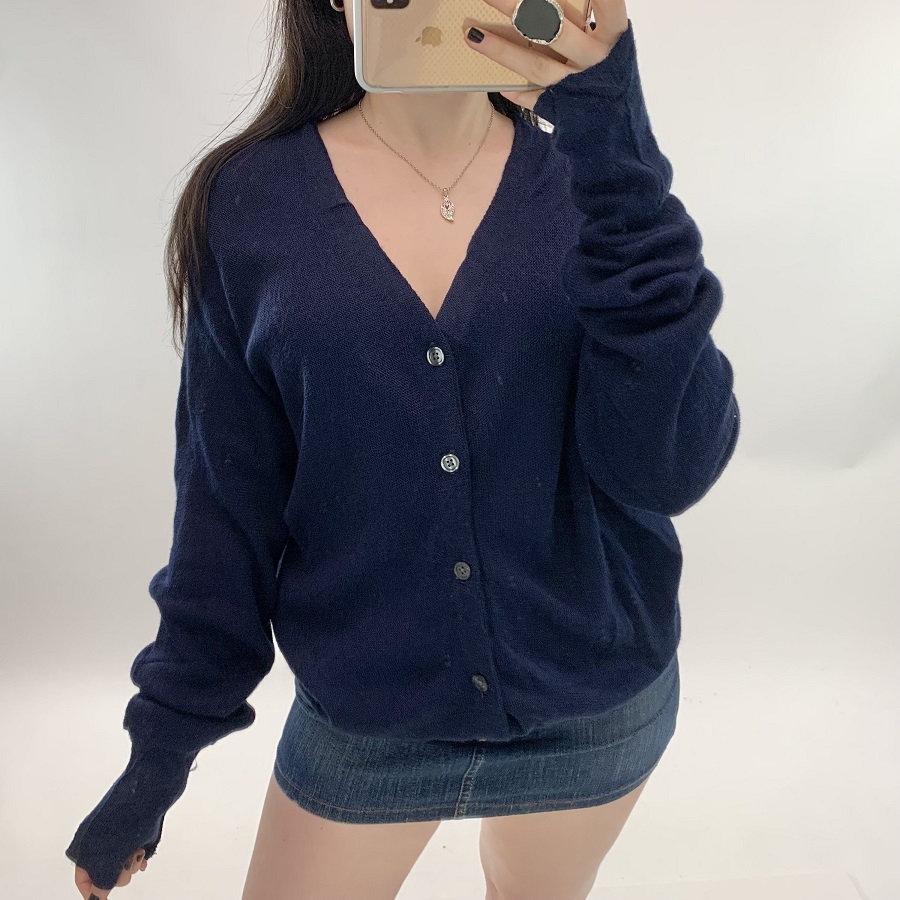Introduction
Cardigan herren – In recent years, the fashion industry has witnessed a significant shift towards inclusivity and gender-neutral styles, blurring the traditional lines that once strictly defined men’s (Herren) and women’s clothing. One prominent example of this movement is the rise of unisex cardigans, which have become a staple in modern wardrobes, transcending gender norms and embracing a more diverse and fluid approach to fashion. This trend not only reflects changing societal attitudes but also opens up new avenues for self-expression through clothing.

The Evolution of Gender-Neutral Fashion
The concept of unisex or genderless fashion is not entirely new. Throughout history, there have been periods where clothing was less gender-specific, particularly in ancient civilizations. However, it wasn’t until the late 20th century, with the emergence of counterculture movements and designers like Yves Saint Laurent introducing ‘Le Smoking’ tuxedo for women, that gender boundaries in fashion began to be challenged more visibly.
Fast forward to the present day, and we see a resurgence of this idea, fueled by Generation Z’s push for inclusivity and the breaking down of societal binaries. Unisex cardigans are a prime example of how traditional garments are being reimagined to cater to a broader audience, prioritizing comfort, style, and individuality over conforming to predefined gender roles.
The Unisex Cardigan: A Style Overview
Cardigans have long been a versatile wardrobe essential, known for their practicality and ability to complement various outfits. The unisex version takes this versatility a step further by adopting designs that suit different body types, personal styles, and fashion preferences without being confined to conventional gender norms.
- Design Elements: Unisex cardigans often feature a relaxed fit, neutral colors, and minimalistic detailing to ensure broad appeal. Materials such as cotton, wool, and cashmere are commonly used for their comfort and durability, making them suitable for all seasons. Additionally, they may incorporate elements from both traditionally masculine and feminine designs, like chunky knits paired with delicate buttons.
- Versatility: These cardigans can be effortlessly dressed up or down, layered over t-shirts, dresses, or even suits. They serve as a bridge between casual and formal wear, making them a favorite among those who appreciate functional yet fashionable pieces.
- Inclusivity: By eliminating gender labels from clothing, unisex cardigans promote a sense of unity and inclusivity within fashion. They cater to individuals who don’t identify with traditional gender categories or simply prefer not to be restricted by them, fostering an environment where everyone feels seen and represented.
Impact on the Fashion Industry
The growing popularity of unisex cardigans and gender-neutral fashion as a whole has had a profound impact on the industry:
- Brand Adaptation: Many established brands and emerging designers alike are incorporating unisex collections into their offerings, recognizing the demand for more inclusive options. This move not only expands their customer base but also contributes to a more progressive and accepting image.
- Challenging Stereotypes: The prevalence of unisex fashion challenges deep-seated stereotypes around what constitutes ‘masculine’ or ‘feminine’ clothing, encouraging a cultural conversation about the arbitrary nature of these labels.
- Sustainability: Gender-neutral clothing, including cardigans, promotes sustainability by reducing waste. Items designed to be worn by anyone can have a longer lifespan as they’re passed down or shared among family members and friends, regardless of gender.

Origins in Military Elegance
The cardigan owes its existence to James Thomas Brudenell, the 7th Earl of Cardigan, who led the Charge of the Light Brigade during the Crimean War. The garment, originally designed for warmth and practicality during military campaigns, was a knitted waistcoat-like jacket with buttons down the front. This early iteration, made for men, set the foundation for what would later become a versatile and universally loved piece of clothing.
Transitioning into Everyday Wear
As the 19th century progressed, the cardigan found its way from the battlefield to civilian life, where it was gradually adopted by men as a casual yet sophisticated layering option. Its comfort and functionality made it a popular choice for sports and leisure activities. However, it wasn’t until the early 20th century that the cardigan began to see significant changes in design and audience.
Hollywood and the Feminine Touch
A pivotal moment in the cardigan’s journey towards gender-neutrality came in the mid-20th century, largely influenced by Hollywood. Icons like Audrey Hepburn and Marilyn Monroe were often seen wearing fitted, elegant cardigans. Introducing a new level of femininity and glamour to the once utilitarian garment. These styles featured softer materials, brighter colors, and more intricate designs. Appealing to a broader female audience and redefining the cardigan’s aesthetic.
The 1960s and ’70s: Unisex Fashion Revolution
The counterculture movements of the 1960s and ’70s further pushed the boundaries of traditional gender roles in fashion. Unisex clothing became a symbol of equality and liberation, with the cardigan playing a significant role. This era marked a turning point in which the cardigan evolved from a garment with distinct gender associations to a truly versatile piece.
Contemporary Fashion and the Gender-Neutral Movement
In recent years, the push for inclusivity and diversity within the fashion industry has accelerated the adoption of gender-neutral clothing. The cardigan, with its adaptable nature, has become a cornerstone of this movement. High-end designers and fast-fashion brands alike now offer cardigans in a wide range of sizes, styles, and materials. Encouraging consumers to embrace clothing that transcends traditional gender norms.
Today’s cardigans come in every imaginable silhouette. From oversized and chunky knit styles favored by streetwear enthusiasts to sleek, tailored pieces suitable for formal settings. Bold patterns, or kept simple in classic hues, reflecting personal style rather than adhering to strict gender conventions.
The Symbolic Importance of the Cardigan’s Evolution
Beyond its practical and aesthetic qualities, the cardigan’s journey symbolizes a broader cultural shift towards acceptance and celebration of individuality. As more people embrace non-binary identities and reject rigid gender binaries, the demand for inclusive fashion grows. The cardigan, once a symbol of masculine elegance, has transformed into an emblem of a more progressive and open-minded society.

Women’s Cardigans: Style & Fit
Styling Tips:
- Versatility: Women’s cardigans come in a wide array of styles. Allowing for versatile pairings from dresses to skirts, jeans, and leggings. Layering a fitted cardigan over a flowy dress adds a touch of elegance and warmth.
- Color & Prints: Women often embrace a broader color palette and bolder prints in their cardigans. Floral, geometric, or pastel shades can elevate an outfit and express personal style.
- Accessorizing: Belts, statement necklaces. Scarves and hats can also complement the look depending on the season.
Key Differences:
- Fit & Silhouette: Women’s cardigans often feature a more fitted silhouette. With some designs emphasizing the waistline through ribbed trims or belted options. Sleeve lengths vary greatly, from cropped to full-length, and may include more feminine details like ruffles or lace trim.
- Design & Detailing: Buttons can be smaller and more decorative, and pockets are often included as functional and aesthetic elements. Feminine touches such as embroidery, beading, or intricate knit patterns are common.
Conclusion
The rise of unisex cardigans in contemporary fashion symbolizes a larger cultural shift towards inclusivity and the breaking down of gender barriers. By embracing a more fluid approach to style. Designers and consumers alike are contributing to a fashion landscape that values individuality over conformity, comfort over restriction. And unity over division. Gender norms or societal expectations.
